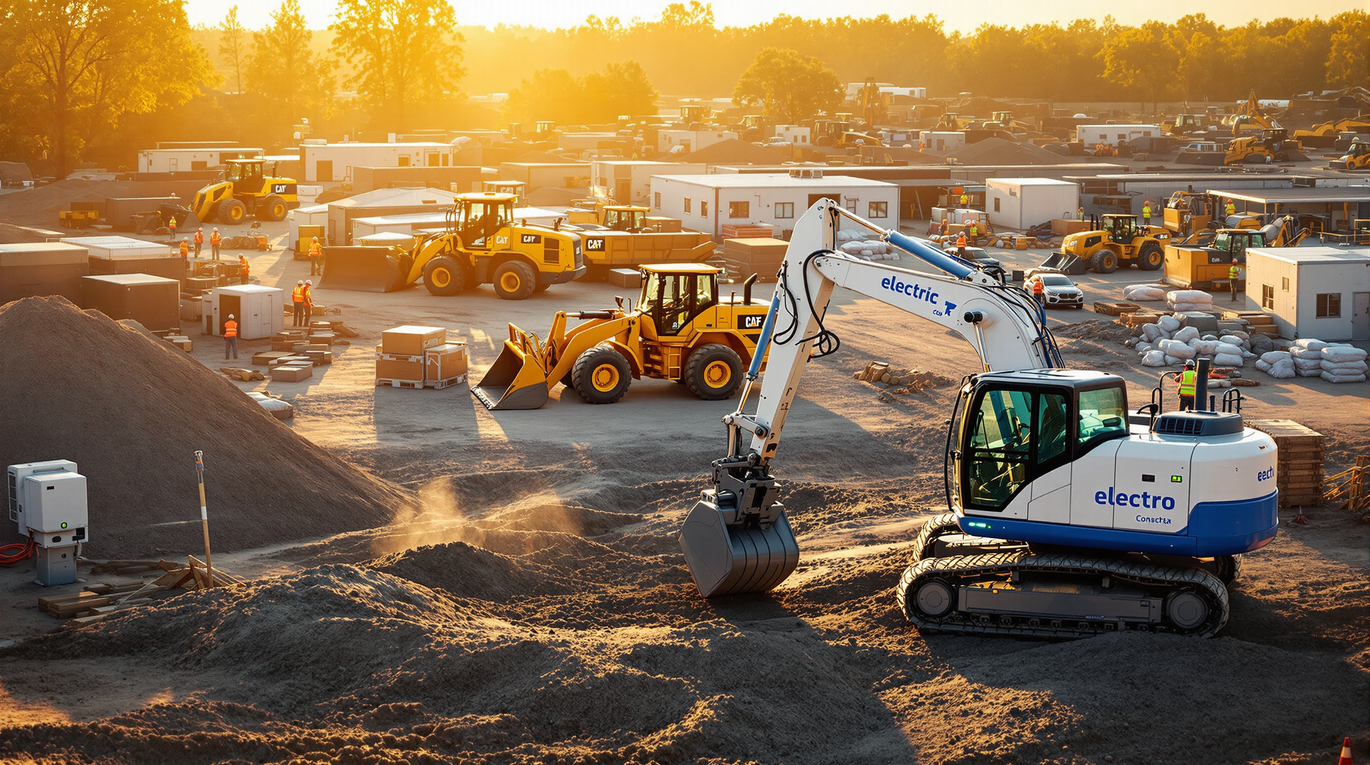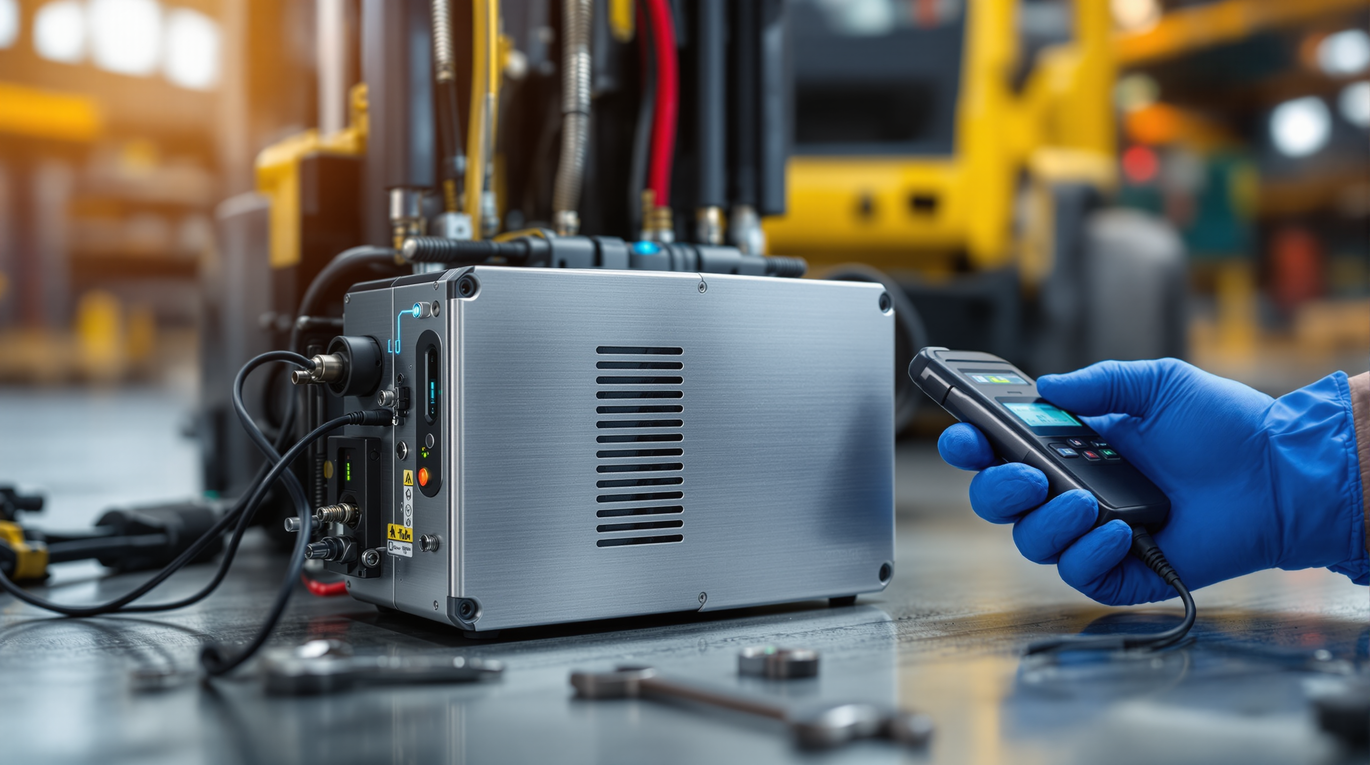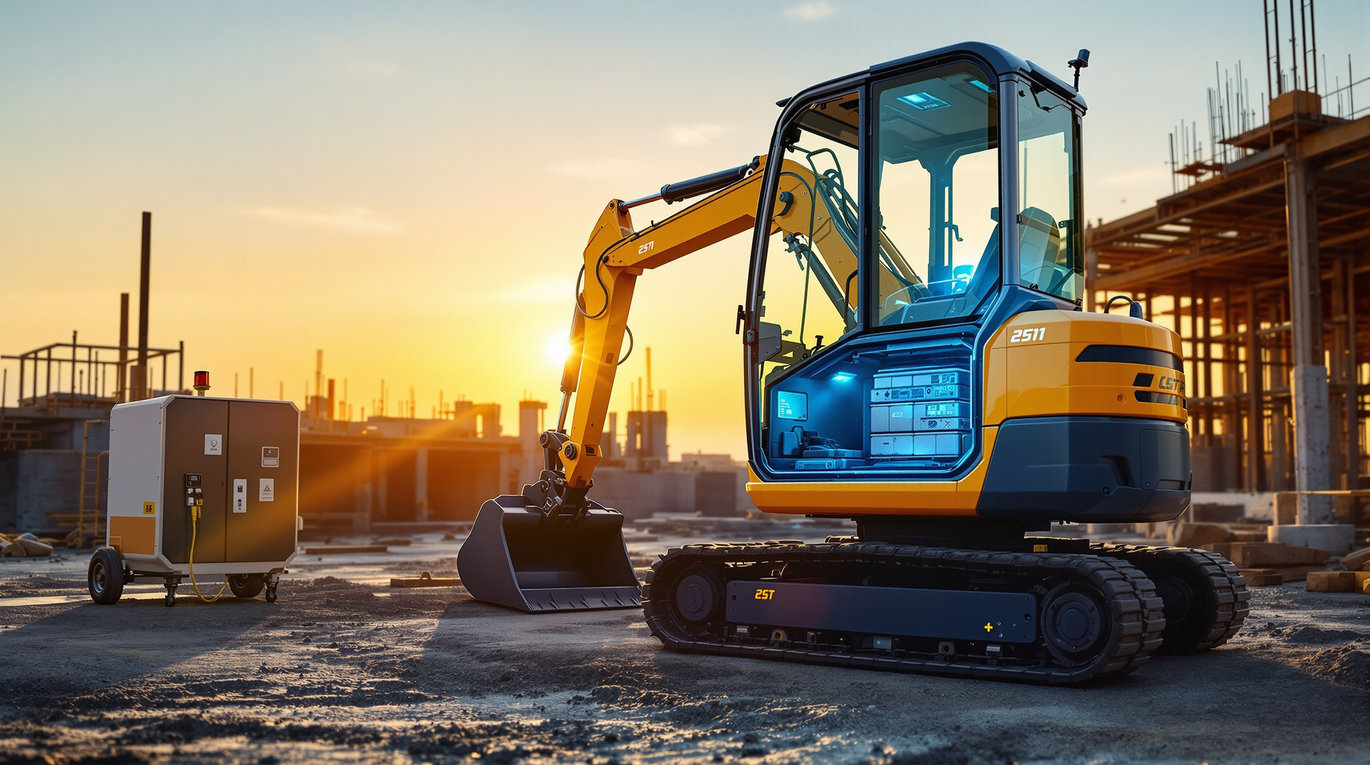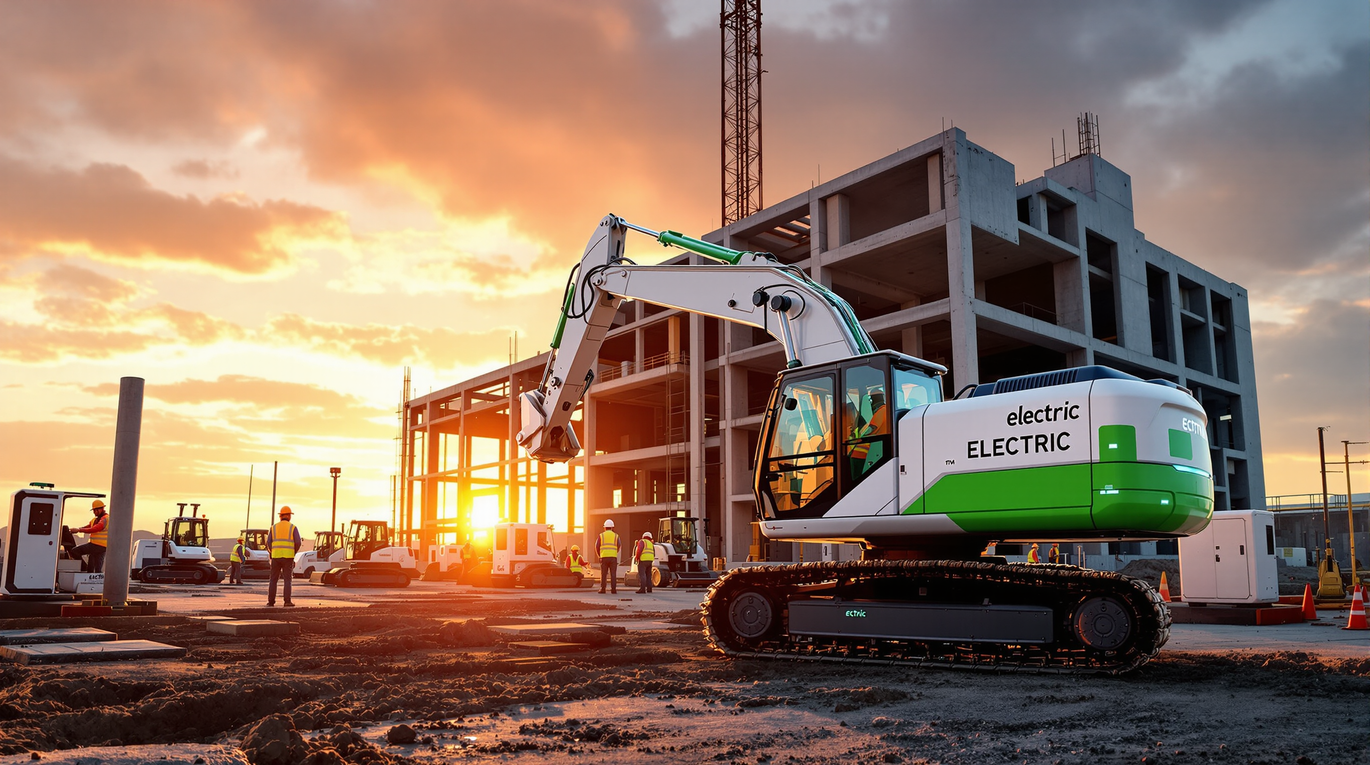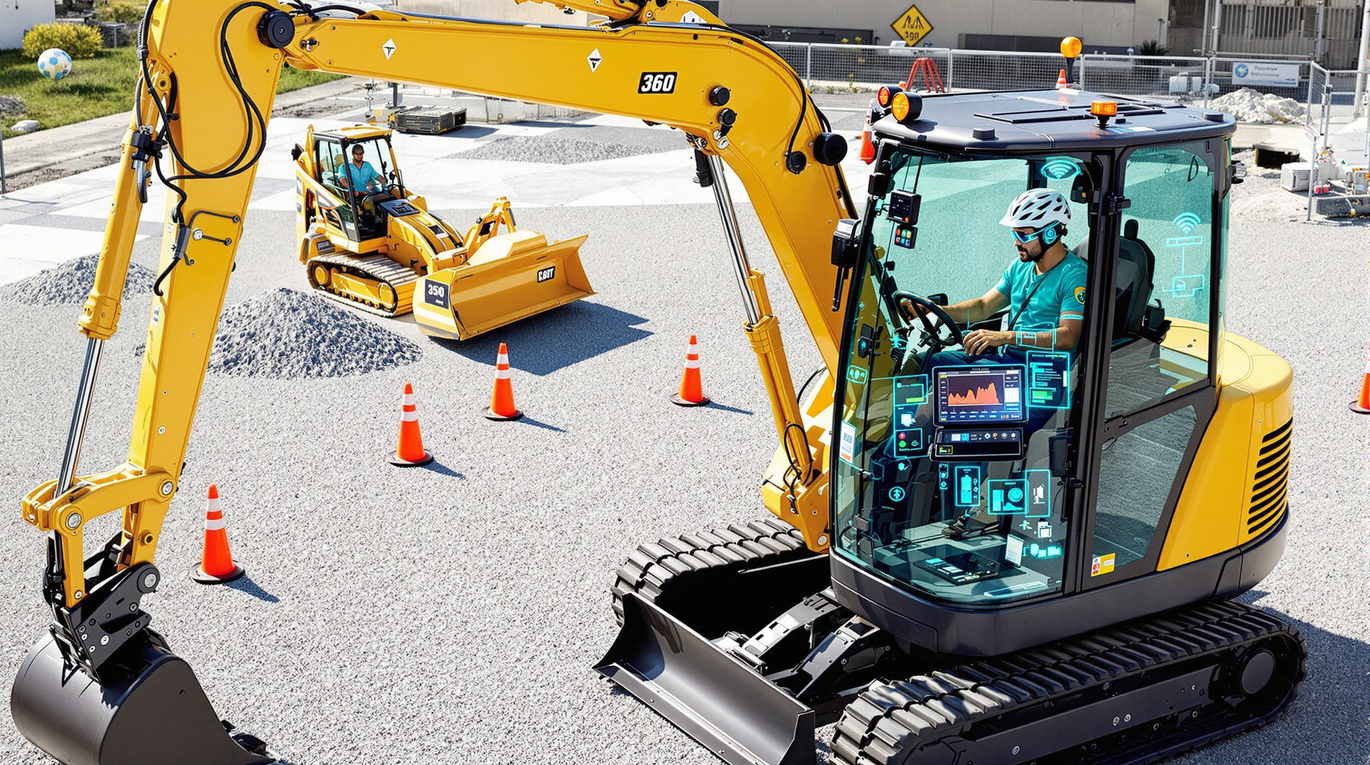Kubota's 4-year or 500-hour warranty shows their confidence in their diesel zero turn mowers. Most lawn equipment manufacturers offer simple coverage, but Kubota backs their machines with one of the industry's most complete warranty packages.
Bobcat
- Read more »
- Read more »
The construction industry leaves a massive environmental footprint. Global energy consumption stands at 36%, while greenhouse gas emissions reach 37%. Construction equipment electrification now revolutionizes these statistics, and industry leaders like Volvo plan to make electric machines 35% of their sales by 2030.
The electric construction equipment market shows remarkable growth potential. Experts project it to reach $126 billion by 2044. Green construction equipment continues to gain momentum despite cost differences. An electric mini excavator's price tag of $66,000 exceeds its diesel counterpart by $40,000. This piece explores why electric construction vehicles are becoming the new standard and guides businesses through this transformation.
- Read more »
The Bobcat T870 stands out with its impressive 12,925-pound operating weight and substantial $118,500 price tag. These numbers might grab your attention, but this compact track loader offers much more than its specifications suggest.
- Read more »
Miniature hydrogen fuel cells are reshaping the material handling industry. Over 60,000 hydrogen-powered forklifts now operate throughout the U.S. Most people focus on larger applications, but these compact power sources have changed how businesses implement green operations.
- Read more »
The electric vehicle market continues to expand rapidly due to remarkable advances in battery technology. Experts project this market will exceed $1 trillion by 2029. These changes in the automotive industry have sparked significant developments in compact machinery.
- Read more »
The numbers tell a clear story - electric equipment costs $17,073 less to operate annually than traditional hydraulic systems. Most people think hybrid versus electric choices only matter for cars and vehicles. The reality shows this decision affects equipment of all types.
Electric options are becoming more popular throughout the industry. Companies like Loxam now secure green loans worth millions, and many buyers willingly pay 25% extra for zero-emission machines. The choice involves more than just comparing purchase prices. Electric machines run with 300 fewer moving parts than hydraulic versions. Plus, battery costs have dropped 33% since 2022, which makes the financial picture change faster every day.
This piece breaks
- Read more »
Construction equipment trends are shifting dramatically, with the electric machinery market projected to reach US$126 billion by 2044. While many assume electric equipment lacks power, today's electric mini-excavators actually deliver 30-60% more digging force than their diesel counterparts.
- Read more »
Construction equipment theft costs businesses up to $1 billion annually. This makes state-of-the-art safety products more significant than ever to protect valuable machinery investments. The industry has seen remarkable advancements in equipment security and operator safety, from 360-degree visibility systems to AI-powered monitoring solutions.
Modern safety innovations are nowhere near simple anti-theft measures. Smart operator authentication, fatigue detection systems, and up-to-the-minute monitoring capabilities now enhance compact equipment's technology. These features can reshape your equipment's safety profile for 2025 and beyond.
Let's break down the must-have safety features for your compact machinery. We'll get into AI-powered solutions and share practical implementation strategies that make sense for your business.
Essential Safety Features for Modern Compact Equipment
Modern compact machinery just needs strong safety
- Read more »
Telematics solutions continue to reshape the global scene rapidly. Active construction equipment systems have reached 6.8 million units in 2023. These systems have brought remarkable changes to fleet management and reduced worksite injuries by 79% while cutting fatalities by 83%.




![Why Kubota Diesel Zero Turn Mowers Are Worth Every Penny [2025 Guide]](https://www.disenparts.com/media/magefan_blog/1.png)
